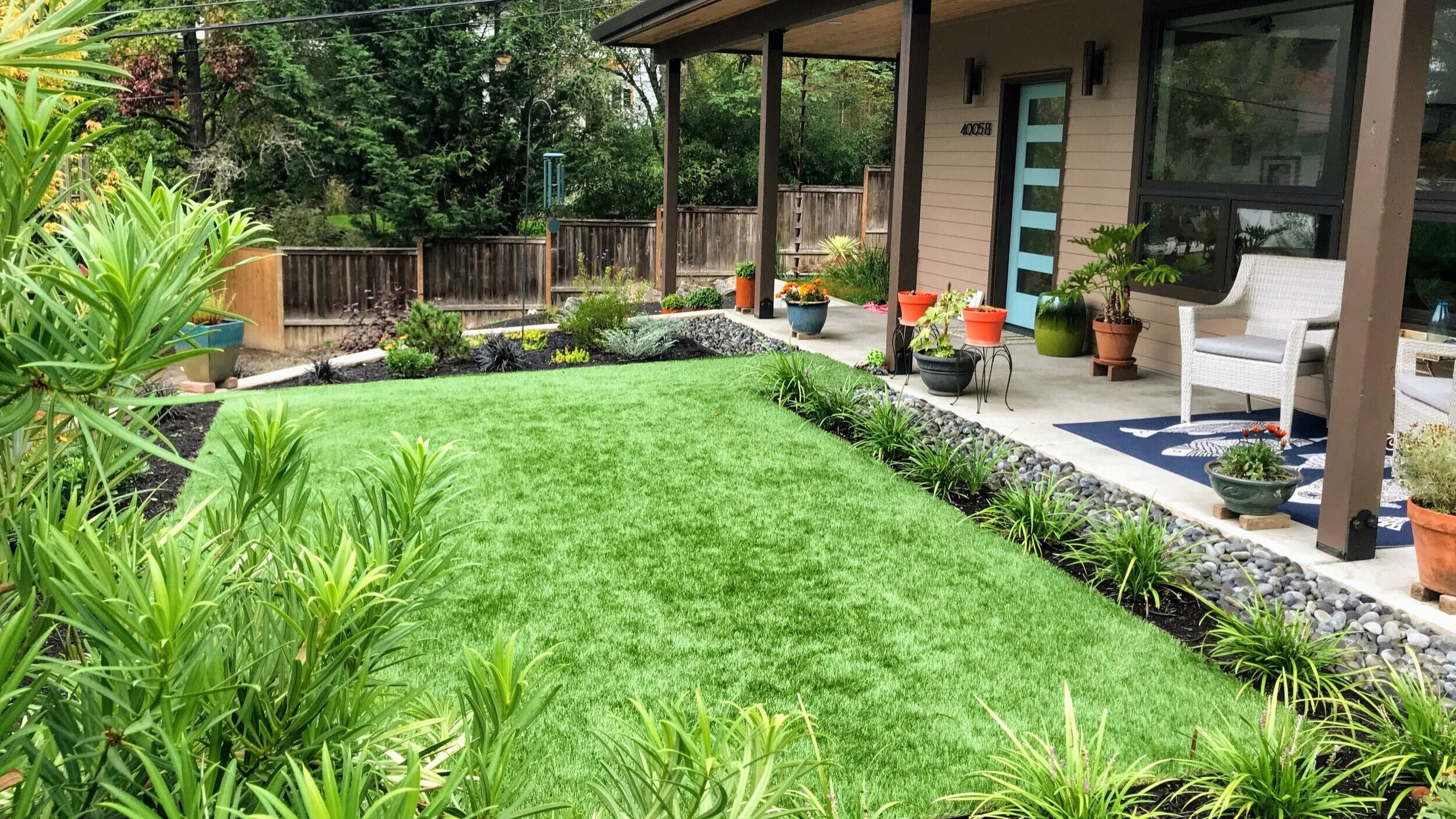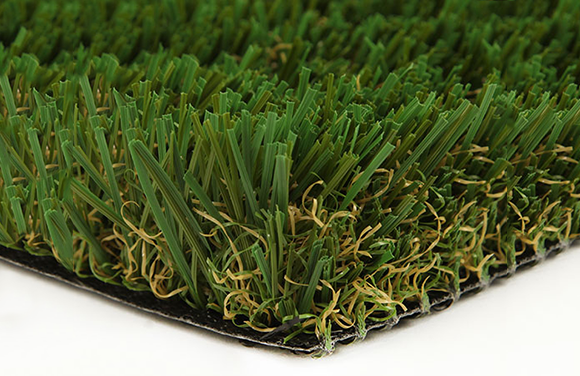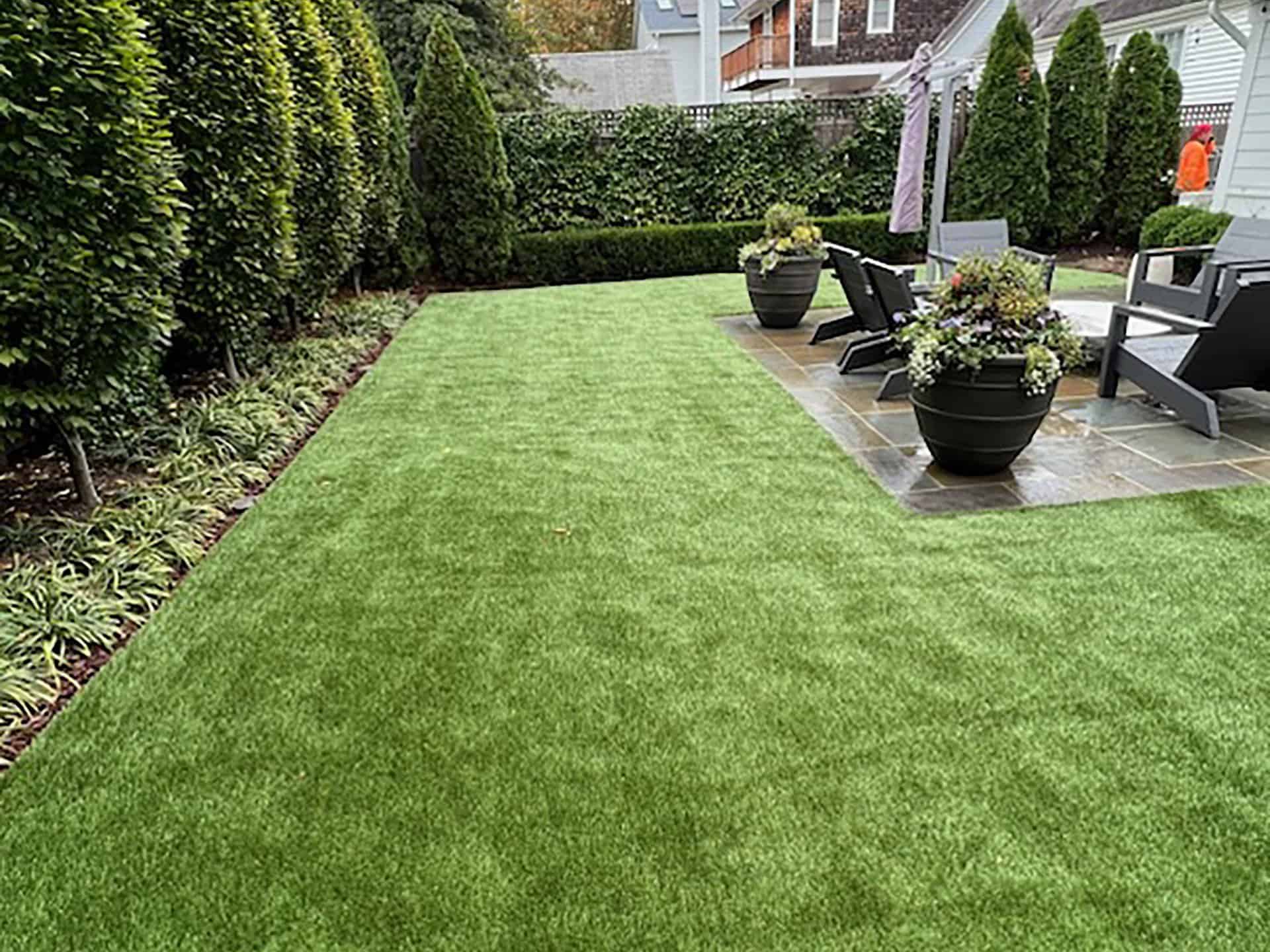Cost-Effective Turf Installation Phoenix AZ for a Low-Maintenance Lawn Solution
Cost-Effective Turf Installation Phoenix AZ for a Low-Maintenance Lawn Solution
Blog Article
Explore the Environmental Advantages of Opting for Synthetic Grass Solutions
The adoption of man-made turf services provides an engaging opportunity to deal with pushing ecological challenges. By dramatically decreasing water usage and lessening the application of damaging chemicals, these choices not only promote sustainable landscape design but additionally protect regional communities.
Water Preservation Benefits
Among one of the most considerable benefits of synthetic grass is its ability to conserve water. Conventional turf lawns need considerable irrigation, particularly in areas prone to drought or water restrictions. In contrast, synthetic grass does not need watering, considerably decreasing the general demand for water resources. This feature is particularly useful in dry areas where water shortage is a pushing concern.
By eliminating the demand for regular watering, synthetic grass contributes to sustainable landscape methods and aids mitigate the environmental influence of excessive water consumption. The preservation of water expands to the decrease of runoff, which can lead to soil erosion and waterway pollution.
Furthermore, the setup of synthetic grass allows communities and home owners to allocate water resources much more effectively, focusing on essential uses such as drinking water and agriculture. The shift towards synthetic grass not just promotes liable water use but also aligns with broader ecological objectives targeted at protecting natural deposits.
As areas significantly focus on sustainability, the water preservation benefits of synthetic turf offer an engaging instance for its adoption in business and property landscaping tasks.
Lowered Chemical Use
The shift to synthetic grass dramatically reduces the reliance on chemical treatments generally utilized in all-natural lawn maintenance. Traditional lawn administration normally includes the application of herbicides, chemicals, and fertilizers to advertise growth and control pests. These chemicals can posture dangers to human wellness, regional wildlife, and the atmosphere, adding to soil and water contamination.
In contrast, synthetic grass gets rid of the need for these dangerous substances. When mounted, it needs marginal upkeep, mostly being composed of routine cleaning and irregular infill replenishment. This decrease in chemical use not only benefits the prompt environment however additionally adds to broader environmental security. By reducing the launch of artificial substances into the environment, synthetic grass advertises much healthier dirt and water supply.
Additionally, the lack of chemical drainage associated with man-made turf installations helps secure neighborhood waterways from air pollution, supporting water life and keeping biodiversity. Turf installation phoenix az. As neighborhoods increasingly focus on sustainable practices, selecting synthetic grass provides a feasible solution that lines up with environmental conservation objectives. Via this change, building owners can enjoy lavish green spaces without compromising environmental health and wellness, leading the way for an extra lasting future
Reduced Carbon Impact

In addition, the installation of synthetic grass can lead to significant water preservation. All-natural lawns need substantial quantities of water for irrigation, which not only includes in the carbon impact related to water extraction and therapy yet also strains regional water sources. On the other hand, synthetic grass needs marginal maintenance, calling for no watering, consequently considerably lowering water usage and its linked energy prices.
Furthermore, the durability of synthetic turf contributes to its reduced carbon impact. With a life expectancy of as much as 15 years or more, the requirement for frequent replacements is decreased, resulting in much less waste and reduced power intake in production and getting rid of standard lawn options. Generally, man-made turf presents a lasting alternative for eco aware landscape design.
Environment Conservation
Habitat preservation is an essential factor to consider in the argument over landscape design options, especially additional hints when contrasting fabricated lawn to all-natural yard. All-natural turf yards usually need extensive maintenance, including using chemicals, herbicides, and plant foods, which can adversely influence regional communities. These chemicals can leach right into the soil and rivers, hurting indigenous plants and animals and interrupting neighborhood environments.
Man-made lawn eliminates the need for dangerous chemicals, therefore safeguarding close-by wildlife and preserving the straight from the source integrity of surrounding ecosystems. The setup of synthetic grass can lead to the conversion of previous turf locations right into more biodiverse landscapes, such as pollinator gardens or native plant locations, which can sustain neighborhood wild animals.
Eventually, the transition to synthetic grass not only preserves water and lowers upkeep efforts yet additionally cultivates an extra harmonious connection between human activities and the natural surroundings, advertising environment preservation at the same time.
Long-Term Sustainability
Long-term sustainability is an important element in assessing the benefits of synthetic grass over standard lawn lawns. Among one of the most considerable benefits of artificial lawn is its durability; it can last approximately 15-20 years with marginal upkeep, whereas natural grass calls for constant reseeding and substitute. This long life lowers the demand for constant resources, such as water, plant foods, and chemicals, which are important for maintaining a healthy turf lawn.
In addition, man-made turf adds to a reduction in carbon exhausts connected with yard treatment devices. Traditional grass commonly require gas-powered lawn mowers, trimmers, and blowers, every one of which contribute to air contamination. Phoenix turf companies. In contrast, synthetic grass removes the requirement for such tools, promoting a cleaner about his atmosphere
In addition, the production of fabricated grass significantly uses recycled products, enhancing its sustainability profile. As makers adopt environmentally friendly practices, the ecological impact of synthetic grass continues to lessen.

Verdict
The fostering of synthetic grass services provides substantial environmental advantages, including substantial water preservation, reduced reliance on hazardous chemicals, and a reduced carbon footprint. Furthermore, synthetic grass aids in maintaining natural environments by reducing land disruption and promoting long-lasting sustainability through the usage of durable products. Jointly, these elements emphasize the capacity of synthetic grass to add favorably to ecological health and offer a practical option to traditional landscape design methods in an increasingly resource-conscious globe.
In comparison, man-made lawn does not require watering, dramatically reducing the total need for water resources. By reducing the release of artificial substances right into the ecological community, artificial grass advertises much healthier dirt and water systems.
In addition, the installation of synthetic lawn can result in significant water conservation. In contrast, synthetic grass requires marginal upkeep, requiring no watering, consequently dramatically reducing water use and its linked power costs.

Report this page